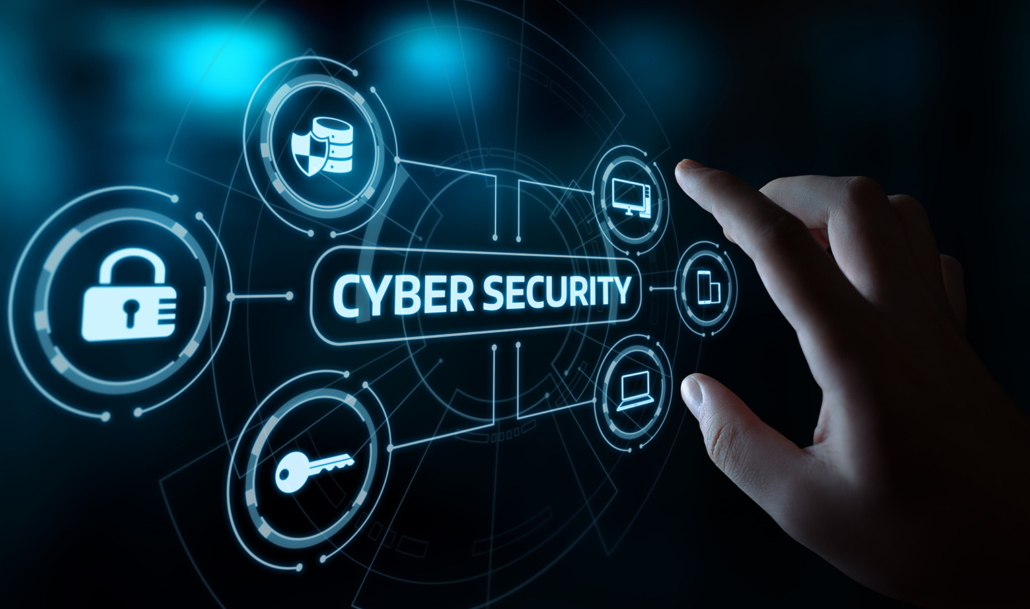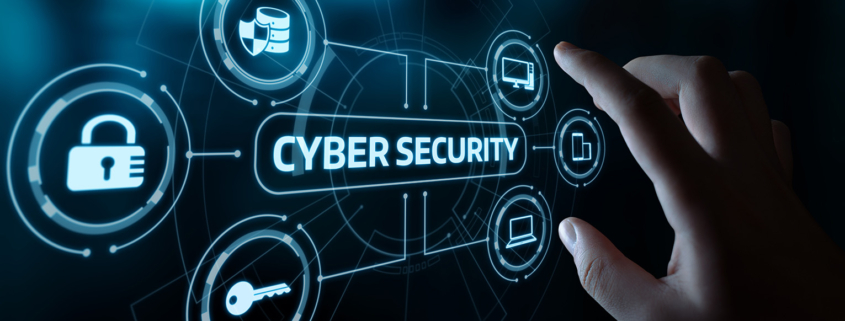Cybersecurity Timeline
The cybersecurity timeline highlights how technology has changed to meet new threats and protect data. Since the first cyber attack, cybersecurity has grown and evolved. In other words, it has gone from basic virus protection to advanced security systems. At Valiant Technology, we use our knowledge of these changes to keep your information safe. Also, we help you understand the history of cyber threats and how to guard against them. Therefore, this knowledge helps you feel safe and informed about your online world.
Who was the first hacker?

The cybersecurity timeline shows how digital security has changed over the years. It started with simple hacks and grew into complex systems to protect our data. Understanding this history helps us see why cybersecurity is so important today.
- In 1834, two thieves hacked the French Telegraph System to steal information. They were the first known hackers. In other words, they used new technology to cheat the financial system. After that, hacking continued to grow and change.
- In 1940, Rene Carmille was a hero who hacked Nazi machines. He did this to stop them from tracking Jewish people. Therefore, he is known as the first ethical hacker because he hacked for good reasons.
- In 1962, Allan Scherr hacked the MIT computer system. He printed passwords to get more time on the computer. Also, he shared them with friends. For instance, they even hacked their teacher’s account just for fun.
The Birth of Cybersecurity

The cybersecurity timeline began in 1971 with Bob Thomas, a programmer. He created a program called Creeper, which moved across ARPANET. It was not harmful but showed security problems.
The Creeper Virus
Creeper moved from one computer to another, displaying a message. For instance, it said, “I’m the creeper, catch me if you can!” Therefore, it was the first computer worm and started cybersecurity.
The First Antivirus Program
Ray Tomlinson, Bob’s colleague, made Reaper. It was the first antivirus program. Also, Reaper moved through the network, removing Creeper. After that, it set the stage for modern cybersecurity.
Why Cybersecurity Matters Today

Cybersecurity is very important in the modern world. The internet is a big part of our lives now. So, we need to protect our information online. Cybersecurity helps keep us safe from bad people who want to steal our data. Therefore, it is a big business and also a major part of our daily lives.
Cyber Threats
There are many types of cyber threats that we face today. Some of these threats can cause serious harm. For instance, they can destroy computers and steal personal information. Here are a few common threats:
- Viruses: These are programs that harm computers.
- Phishing: This tricks people into giving away personal information.
- Ransomware: This locks your files and asks for money to unlock them.
Roles in Cybersecurity
Cybersecurity professionals are like heroes. They work hard to keep us safe online. There are many jobs in this field. In other words, they help protect us from cyber risk management threats. Some important roles include:
- Ethical Hackers: They find problems before bad hackers do.
- Security Consultants: They advise companies on how to be safe.
- Security Analysts: They watch over networks for suspicious activity.
Opportunities for Students
Students interested in cybersecurity have many choices. After all, the field is growing fast. They can work in various areas and help protect the internet. Here are some opportunities:
- Computer Science Programs: These teach students about cybersecurity.
- Internships: They give real-world experience in the field.
- Workshops and Certifications: These offer specialized training in cybersecurity.
Understanding the cybersecurity timeline helps us appreciate how much the field has grown. Above all, it shows why cybersecurity is essential in keeping our online world safe.
The Origin of Ethical Hacking

The cybersecurity timeline shows that ethical hacking began in the 1960s. During this time, engineering students used the term “hacking” to mean improving systems. In other words, they made machines work better.
Naming Ethical Hacking
The term “ethical hacking” was first used in 1995. John Patrick from IBM gave it this name. After that, the practice became well-known. Ethical hackers work to find and fix security problems. Therefore, they help keep systems safe.
The Rise of Black Hat Hackers
In the 1980s and 1990s, computers became more popular. So, hackers started using their skills to steal data. These “black hat hackers” broke into private systems. For instance, they accessed financial accounts and stole information.
The Role of Ethical Hackers
Ethical hackers, also known as “white hat hackers,” emerged to stop cybercriminals. They act as security experts and find weaknesses in systems. In addition, they help companies protect their data. This makes ethical hacking very important in today’s world.
Certification and Training
Today, there are certification programs for ethical hackers. These programs teach how to protect systems from threats. Also, ethical hacking is a growing field with many job opportunities. Above all, it plays a key role in keeping the internet safe.
Understanding Data Breaches

Data breaches have become a major concern over the years. As we moved from paper to digital records, hackers found new ways to access private data. So, these breaches have become more common and damaging.
The Growth of Data Breaches
The cybersecurity timeline shows how data breaches have grown. In 2005, 136 data breaches were reported by the Privacy Rights Clearinghouse. Since then, more than 4,500 breaches have been announced. Therefore, this number may be even higher, as not all breaches are reported.
The Largest Data Breach
The biggest data breach so far was by Cognyte. Over four days, more than 5 billion records were exposed. In other words, it left a massive amount of personal information vulnerable. The breach included details like:
- Names: Full names of individuals.
- Email addresses: Personal and work emails.
- Passwords: Access to various accounts.
- Data sources: Information from sites like Canva and MySpace.
Impact on Companies
Many companies were affected by the Cognyte breach. For instance, sites like Zoosk and Tumbler were involved. Also, this shows how widespread the impact of a data breach can be. Above all, it highlights the need for strong cybersecurity measures to protect sensitive information.
What is the future scope of cyber security?
- More Jobs and Growth: The cybersecurity timeline shows that this field is growing fast. More companies need experts to keep data protection safe. So, jobs in cybersecurity will increase. For instance, roles like security analysts and ethical hackers will be in high demand. Therefore, students can find many opportunities in this field.
- Advanced Technology: Cybersecurity will use new technology to protect data. Artificial intelligence (AI) and machine learning will help find threats quickly. Also, tools will become smarter and better at detecting problems. After that, these tools can stop attacks before they happen. In other words, technology will make cybersecurity stronger.
- Global Importance: Cybersecurity will become important worldwide. As more people use the internet, protecting information will be crucial. Governments and businesses will work together to improve security. For example, they will create laws and share knowledge. Above all, this will help keep everyone safe online.
Key Takeaway
The cybersecurity timeline teaches us that keeping data safe is very important. As technology grows, so do the threats to our information. Therefore, it is crucial to stay informed and protected. For instance, businesses and individuals need to know about new security threats. Above all, cybersecurity keeps our online world secure. Contact us for more information.














